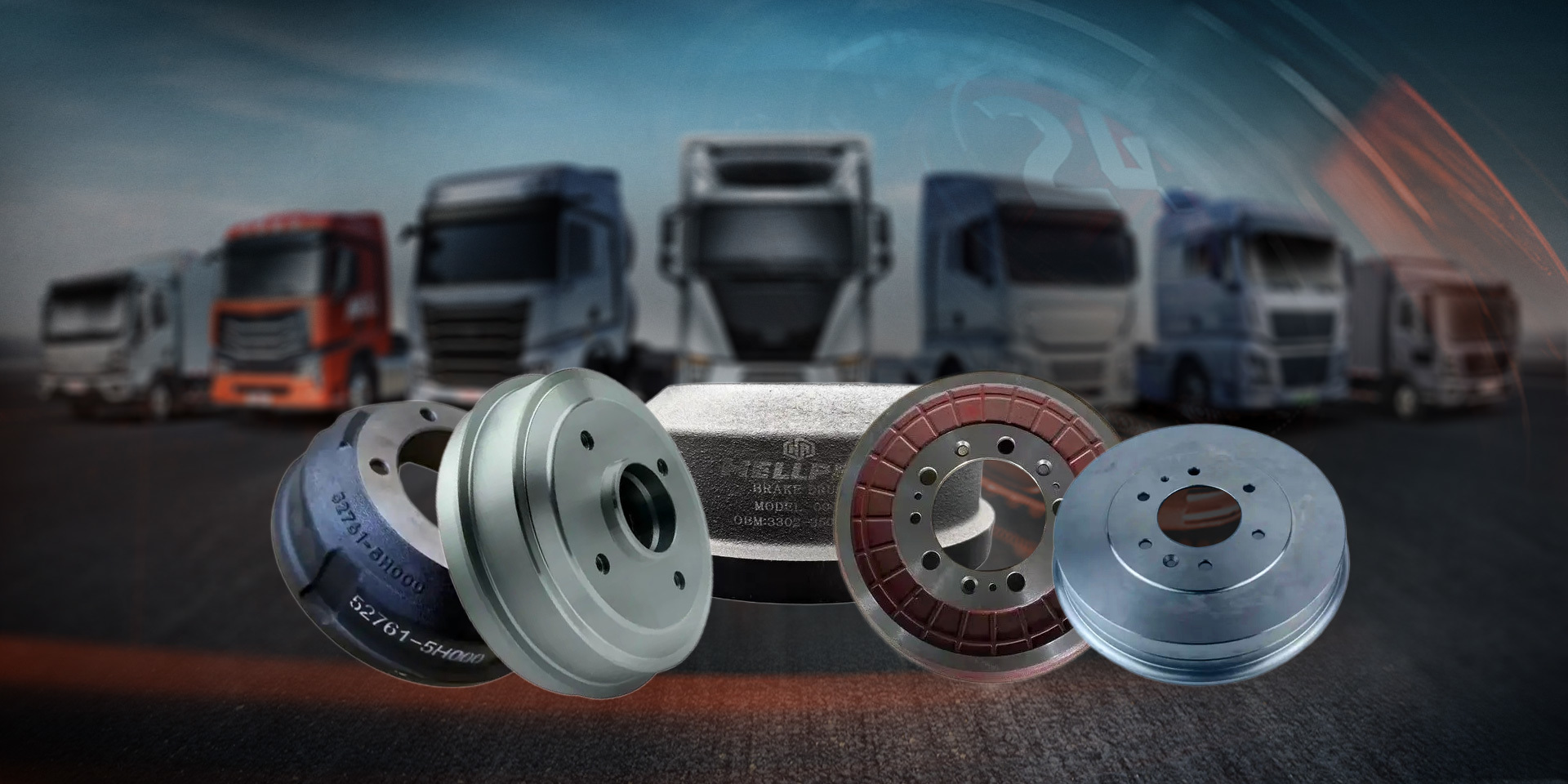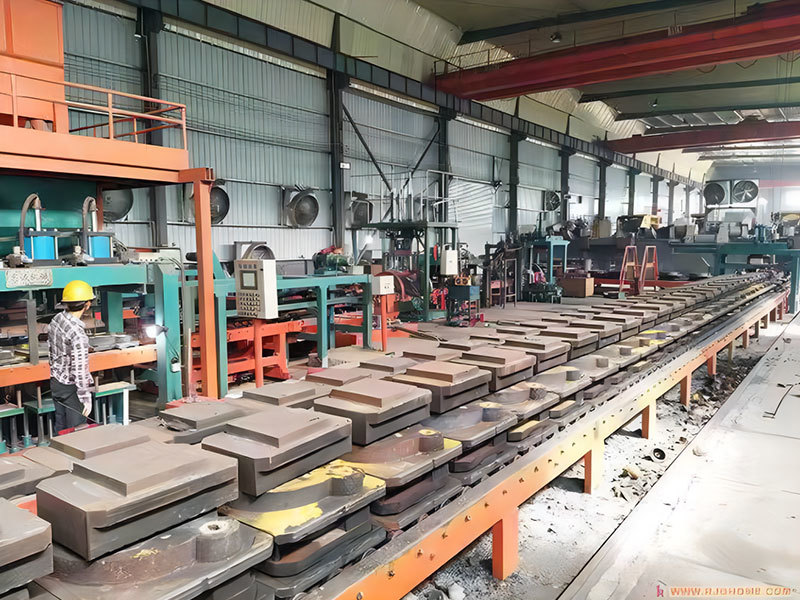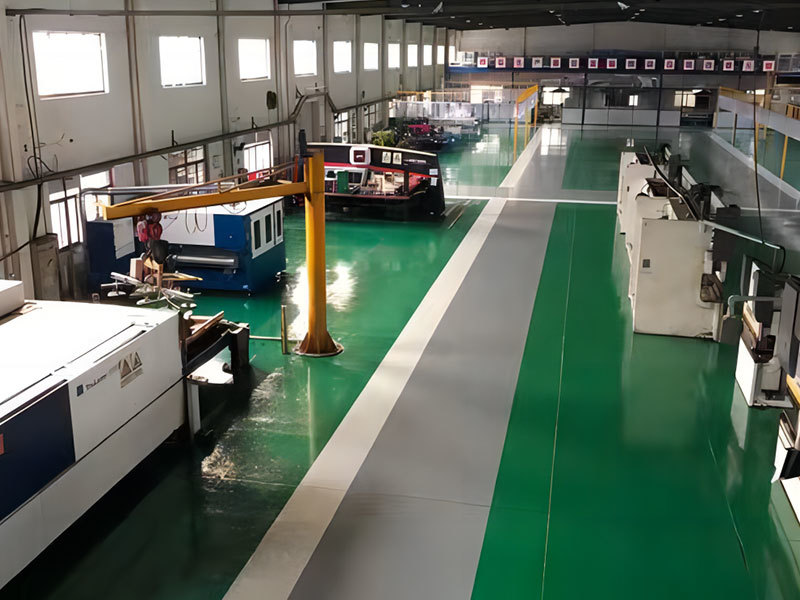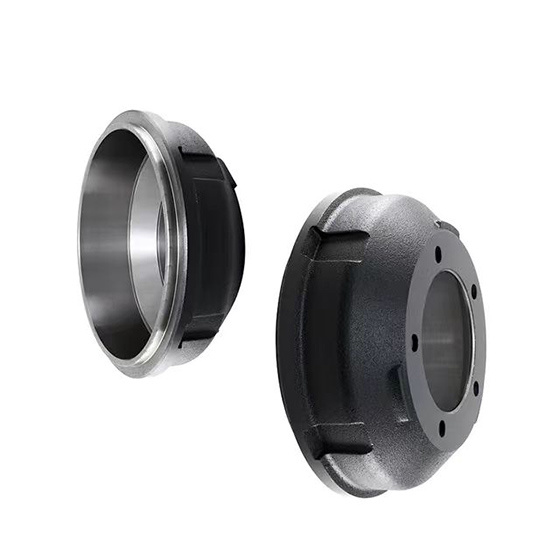Understanding Automobile Chassis Parts: The Backbone of Your Brake System
Release time:
16 Jun,2025
--- Automobile chassis parts serve as the foundational structure for vehicles, significantly influencing their overall performance, safety, and handling. This article examines the essential components of the chassis, particularly in the context of brake systems, which are critical for vehicle control and safety. At the core of the chassis are its major components, including the frame, suspension,

---
Automobile chassis parts serve as the foundational structure for vehicles, significantly influencing their overall performance, safety, and handling. This article examines the essential components of the chassis, particularly in the context of brake systems, which are critical for vehicle control and safety.
At the core of the chassis are its major components, including the frame, suspension, and axles. The frame provides the vehicle's structural integrity, supporting all other parts, including the drivetrain and body. For professionals in the automotive industry, understanding the materials used in chassis construction—such as high-strength steel and aluminum—is vital. These materials not only contribute to weight reduction but also enhance durability and impact resistance, which are crucial for safety.
The suspension system is another critical aspect of the chassis. It connects the vehicle's body to its wheels, ensuring that the ride is smooth while maintaining optimal contact between the tires and the road. Within the context of brake systems, the suspension plays a pivotal role in distributing weight effectively during braking, preventing skidding and improving handling. Professionals should be aware of various suspension types—such as independent and dependent suspensions—as each affects vehicle dynamics differently.
Braking systems themselves are also integral to the chassis. Common components include brake pads, discs, and calipers, which are directly influenced by the chassis design. The integration of these parts with the chassis affects not just the efficiency but also the responsiveness of braking. Regular maintenance is essential, as worn-out components can lead to decreased performance and safety risks. Professionals should advocate for periodic checks and replacements to ensure that all parts function harmoniously.
In recent years, advancements in technology have introduced various innovations in chassis design and materials. Lightweight materials and enhanced aerodynamics are becoming increasingly popular, allowing for improved fuel efficiency and performance. Furthermore, the rise of electric and hybrid vehicles has prompted changes in chassis design to accommodate different weight distributions and battery placements. Staying informed about these trends is crucial for professionals aiming to provide customers with cutting-edge solutions.
In conclusion, a thorough understanding of automobile chassis parts is essential for those involved in the automotive industry, particularly in braking systems. Knowledge of materials, structural integrity, and maintenance practices can lead to better performance and safety outcomes for vehicles. As technology evolves, embracing new materials and designs will be critical for professionals seeking to innovate and adapt in this dynamic field.
Automobile chassis parts serve as the foundational structure for vehicles, significantly influencing their overall performance, safety, and handling. This article examines the essential components of the chassis, particularly in the context of brake systems, which are critical for vehicle control and safety.
At the core of the chassis are its major components, including the frame, suspension, and axles. The frame provides the vehicle's structural integrity, supporting all other parts, including the drivetrain and body. For professionals in the automotive industry, understanding the materials used in chassis construction—such as high-strength steel and aluminum—is vital. These materials not only contribute to weight reduction but also enhance durability and impact resistance, which are crucial for safety.
The suspension system is another critical aspect of the chassis. It connects the vehicle's body to its wheels, ensuring that the ride is smooth while maintaining optimal contact between the tires and the road. Within the context of brake systems, the suspension plays a pivotal role in distributing weight effectively during braking, preventing skidding and improving handling. Professionals should be aware of various suspension types—such as independent and dependent suspensions—as each affects vehicle dynamics differently.
Braking systems themselves are also integral to the chassis. Common components include brake pads, discs, and calipers, which are directly influenced by the chassis design. The integration of these parts with the chassis affects not just the efficiency but also the responsiveness of braking. Regular maintenance is essential, as worn-out components can lead to decreased performance and safety risks. Professionals should advocate for periodic checks and replacements to ensure that all parts function harmoniously.
In recent years, advancements in technology have introduced various innovations in chassis design and materials. Lightweight materials and enhanced aerodynamics are becoming increasingly popular, allowing for improved fuel efficiency and performance. Furthermore, the rise of electric and hybrid vehicles has prompted changes in chassis design to accommodate different weight distributions and battery placements. Staying informed about these trends is crucial for professionals aiming to provide customers with cutting-edge solutions.
In conclusion, a thorough understanding of automobile chassis parts is essential for those involved in the automotive industry, particularly in braking systems. Knowledge of materials, structural integrity, and maintenance practices can lead to better performance and safety outcomes for vehicles. As technology evolves, embracing new materials and designs will be critical for professionals seeking to innovate and adapt in this dynamic field.
Tag:
All
- All
- Product Management
- News
- Introduction
- Enterprise outlets
- FAQ
- Enterprise Video
- Enterprise Atlas
RELATED INFORMATION












